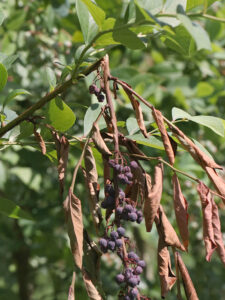
Cicada Damage to Blueberry Crop
It seems we are finally on the other side of the “cicada invasion” which of course was not an …


El inglés es el idioma de control de esta página. En la medida en que haya algún conflicto entre la traducción al inglés y la traducción, el inglés prevalece.
Al hacer clic en el enlace de traducción se activa un servicio de traducción gratuito para convertir la página al español. Al igual que con cualquier traducción por Internet, la conversión no es sensible al contexto y puede que no traduzca el texto en su significado original. NC State Extension no garantiza la exactitud del texto traducido. Por favor, tenga en cuenta que algunas aplicaciones y/o servicios pueden no funcionar como se espera cuando se traducen.
Inglês é o idioma de controle desta página. Na medida que haja algum conflito entre o texto original em Inglês e a tradução, o Inglês prevalece.
Ao clicar no link de tradução, um serviço gratuito de tradução será ativado para converter a página para o Português. Como em qualquer tradução pela internet, a conversão não é sensivel ao contexto e pode não ocorrer a tradução para o significado orginal. O serviço de Extensão da Carolina do Norte (NC State Extension) não garante a exatidão do texto traduzido. Por favor, observe que algumas funções ou serviços podem não funcionar como esperado após a tradução.
English is the controlling language of this page. To the extent there is any conflict between the English text and the translation, English controls.
Clicking on the translation link activates a free translation service to convert the page to Spanish. As with any Internet translation, the conversion is not context-sensitive and may not translate the text to its original meaning. NC State Extension does not guarantee the accuracy of the translated text. Please note that some applications and/or services may not function as expected when translated.
Collapse ▲
It seems we are finally on the other side of the “cicada invasion” which of course was not an …
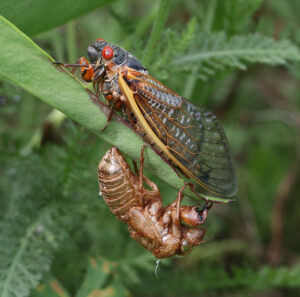
In case you haven’t heard, 2024 marks the emergence of the 13-year periodical cicadas (Magicicada spp.). The 13-year cicadas are known as Brood …
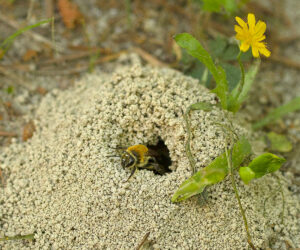
Every year, from mid-March through mid-April, I get calls from folks worried about all the bees hovering over their …
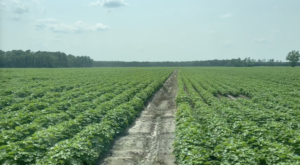
Farmlaw recently contributed a short article to Southern Ag Today (linked) on the distinction between wetlands protections modified by the recent …
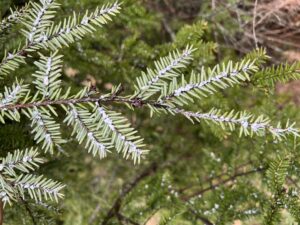
The hemlock woolly adelgid is an enemy of hemlock forests and has been for years. Native to Asia and …

In late 2008, I planted a demonstration pollinator garden at Chatham Mills to provide forage from early spring to …
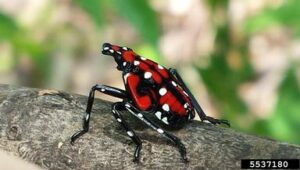
Last month, we reached a milestone one year since spotted lanternfly was detected in North Carolina. The first active …
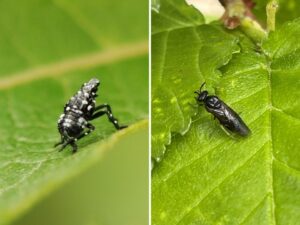
The warm weather seems to be here to stay and with that, last year’s new invasive insect arrivals are …
The standard corrective action for excessive salts/carbonates in source water for pesticide application is addition of diammonium sulfate (AMS). …
Herbicide performance can be affected by a wide range of factors. One key factor is the quality of water that delivers the herbicide. …
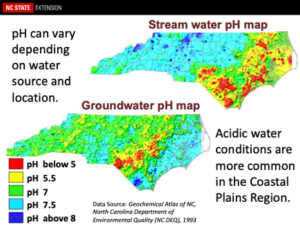
Water qualities that may impact pesticide application are the water pH, carbonates, water hardness and turbidity. Whether one uses …
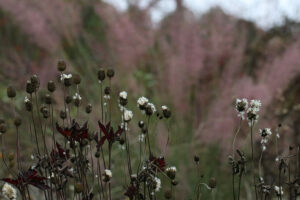
After planting, weeding, and watering through the spring and summer, some gardeners look forward to fall as a period …
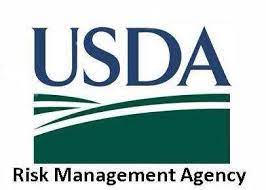
Join the USDA Risk Management Agency (RMA) for virtual workshops covering the ins and outs of the Whole Farm …
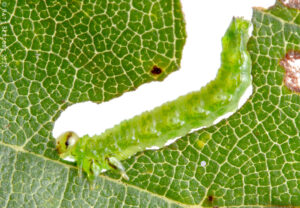
A new invasive insect has been spotted in North Carolina. In August 2022, the elm zigzag sawfly (Argidae: Aproceros leucopoda) …
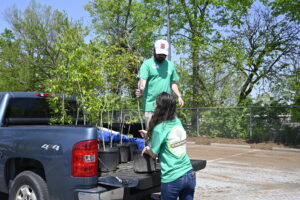
The Bradford Pear Bounty is back! After a successful inaugural event in April, NC’s Bradford Pear Bounty is coming …
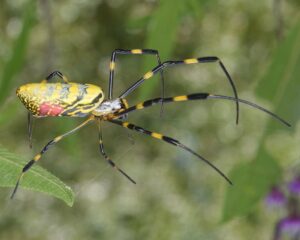
Similar to murder hornets in 2020, the Joro spider is having its five minutes of fame! Recent headlines across …
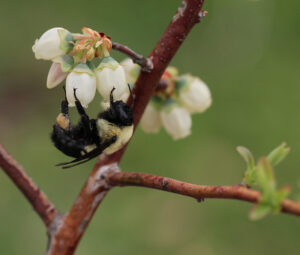
The Chatham County Center of North Carolina Cooperative Extension conducted two blueberry production webinars in November-December 2021. NC State …
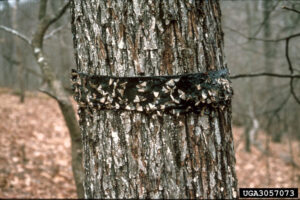
It’s hard not to love this time of year between the spectacle of fall colors and the reprieve of …
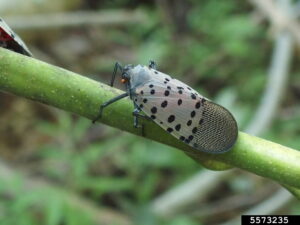
Note: On June 23, 2022 (6 months after this article was published), the spotted lanternfly was detected in North …
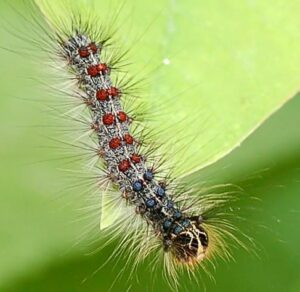
When we think of insects, rarely do we think, “Wow, look at that beautiful Danaus plexippus!” In both conversation …
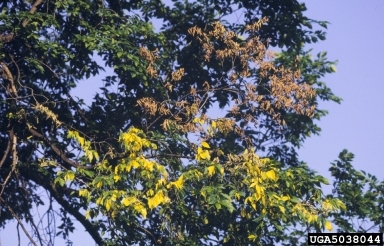
Elm trees (Ulmus spp.) are prized landscape and street trees valued for their canopy shape …

This factsheet describes the biology of the cane lace bug or bamboo lace bug, Leptodictya …
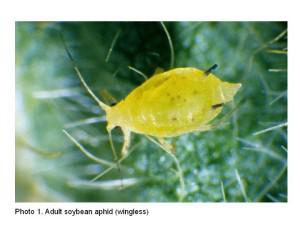
This soybean insect factsheet describes the biology, damage, and control of the soybean aphid, a …

This factsheet describes the biology of the banded sphinx moth or lesser vine sphinx, Eumorpha …

This factsheet describes the biology of the elm-grass root aphid, Tetraneura ulmi, and provides residential …
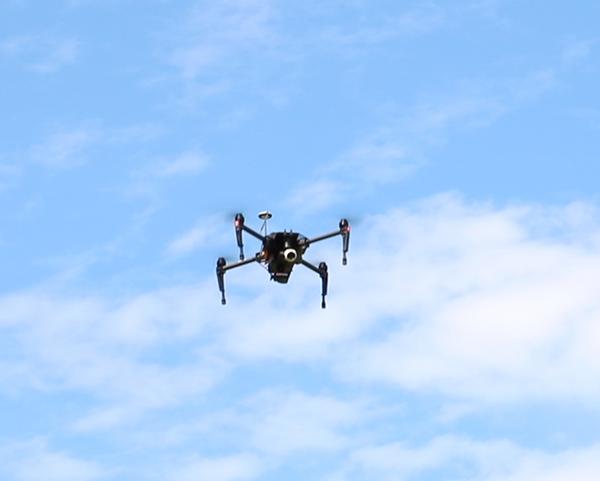
This publication discusses flying unmanned aerial vehicles (drones, model aircraft) for commercial purposes. You'll learn …
This publication describes the life cycle, scouting and treatment of the balsam twig aphid, a …
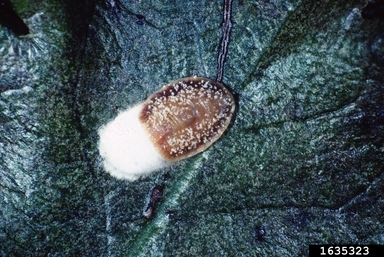
This article will cover two important scale insect pests of blueberries in North Carolina, terrapin …